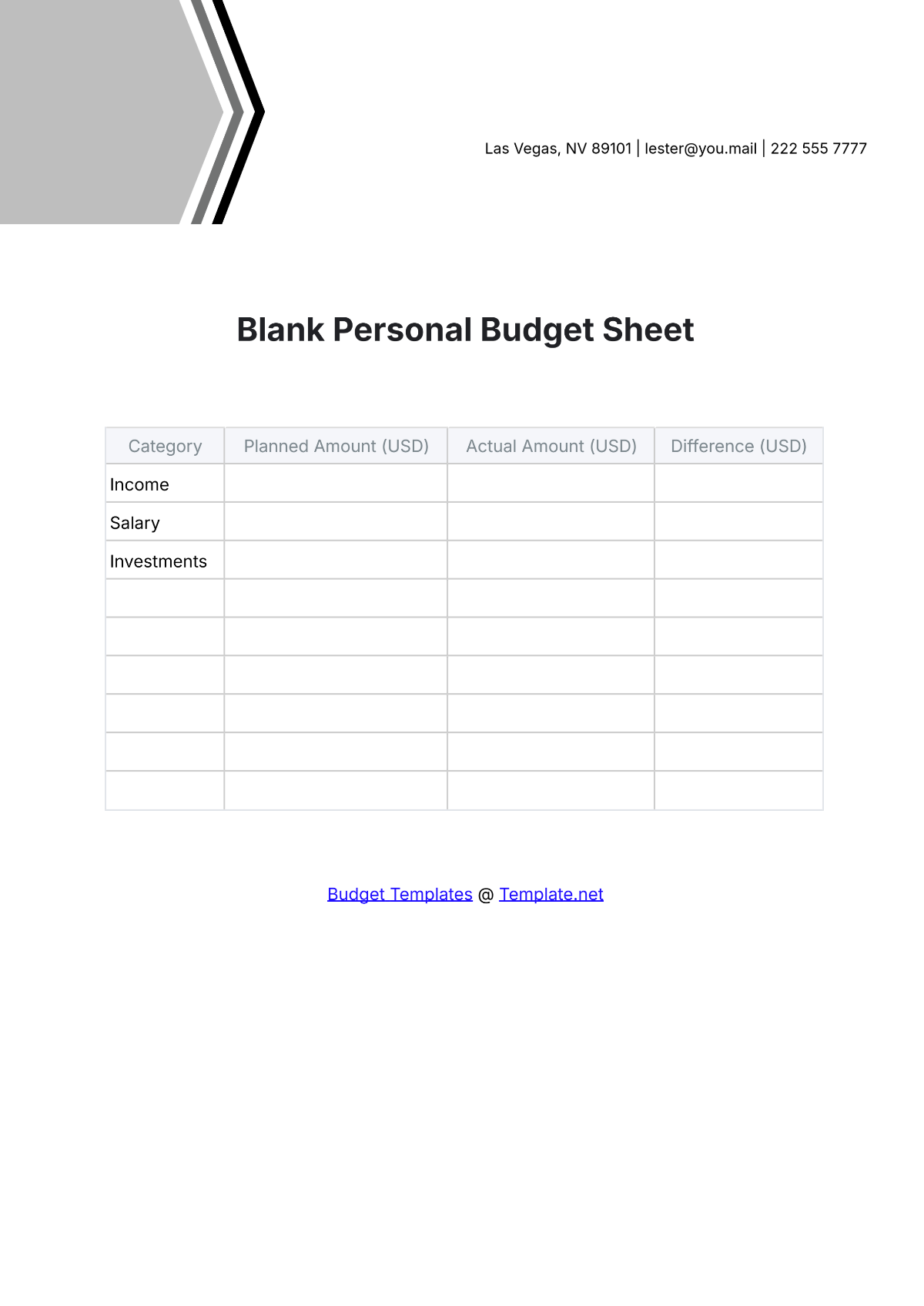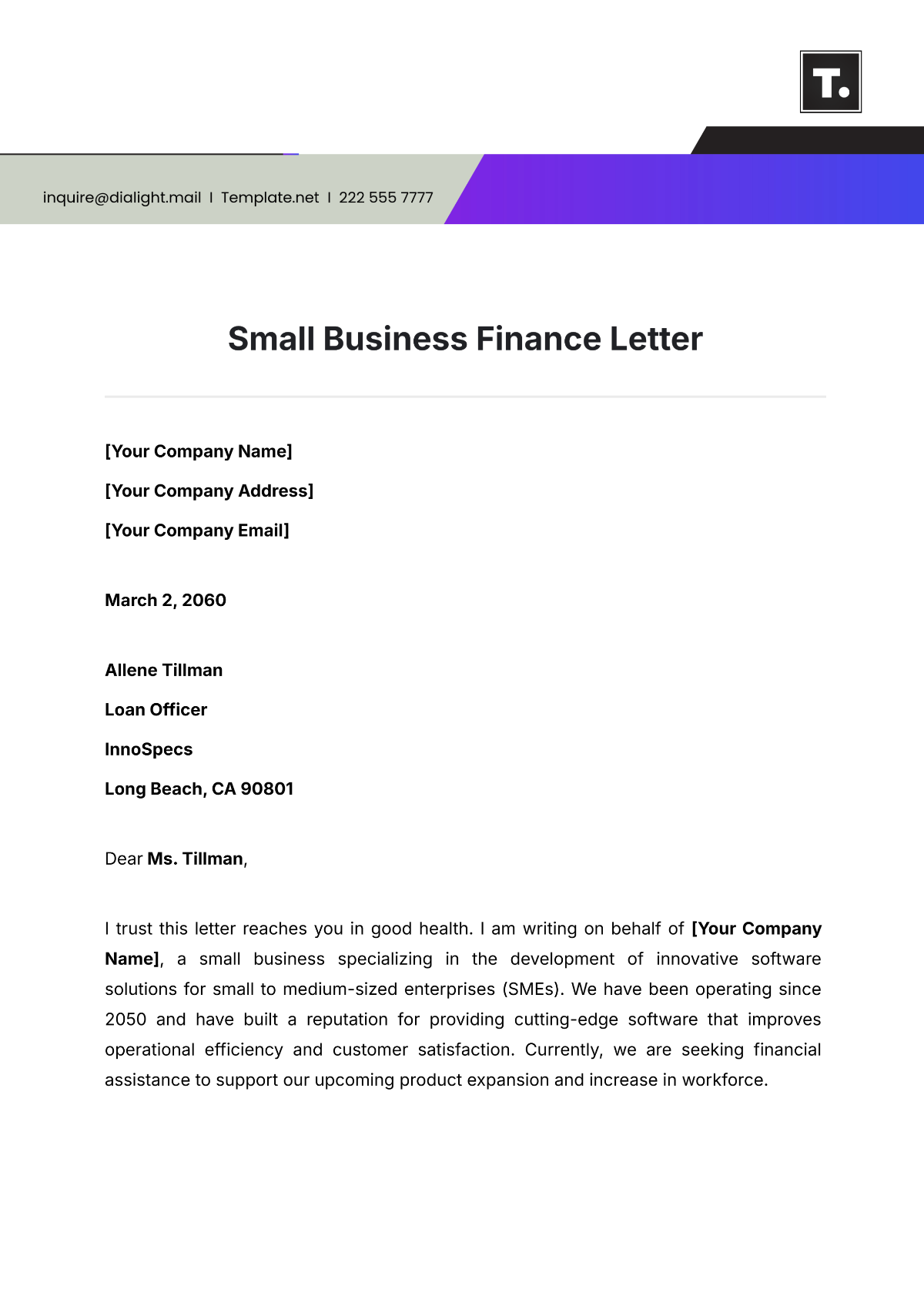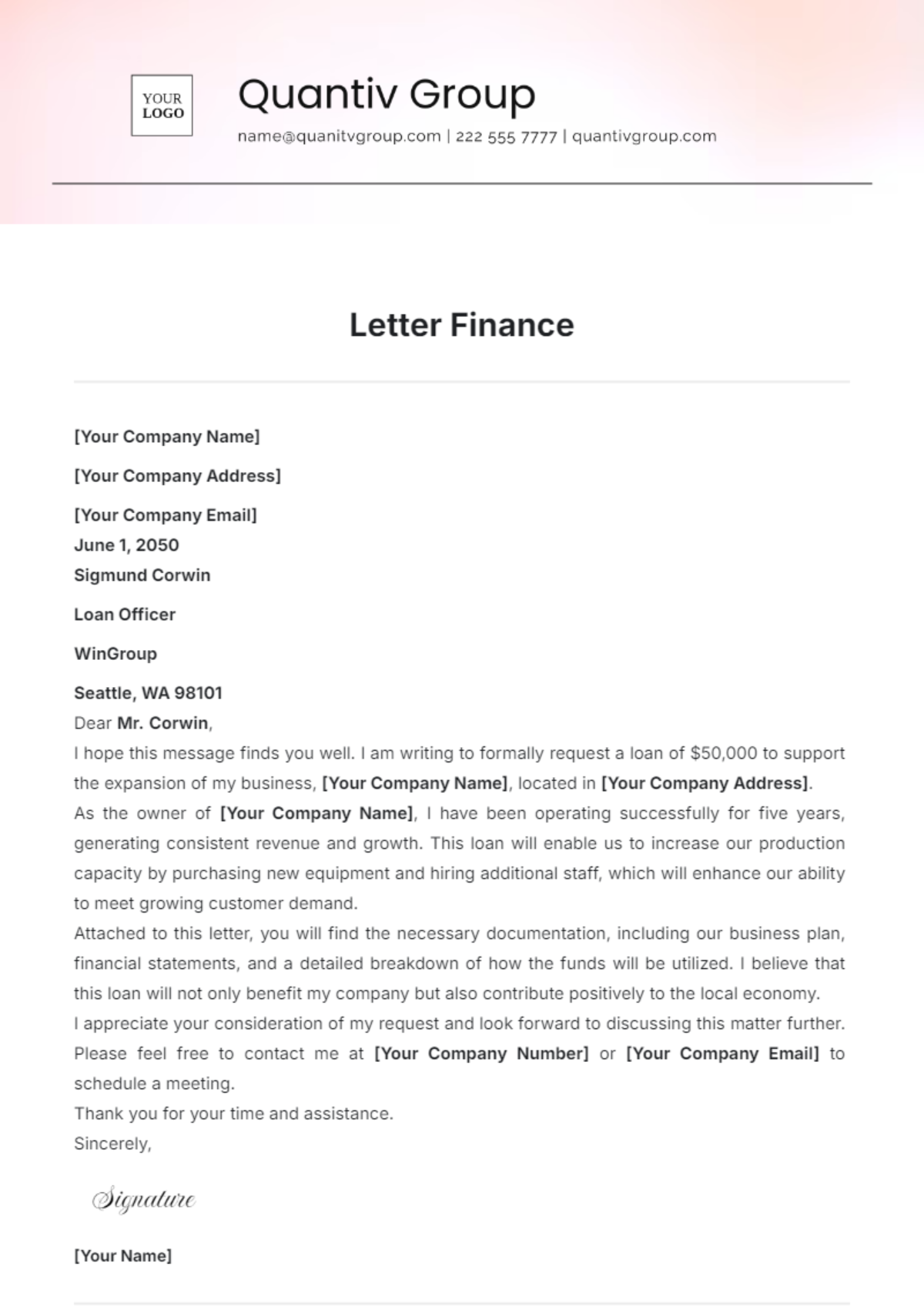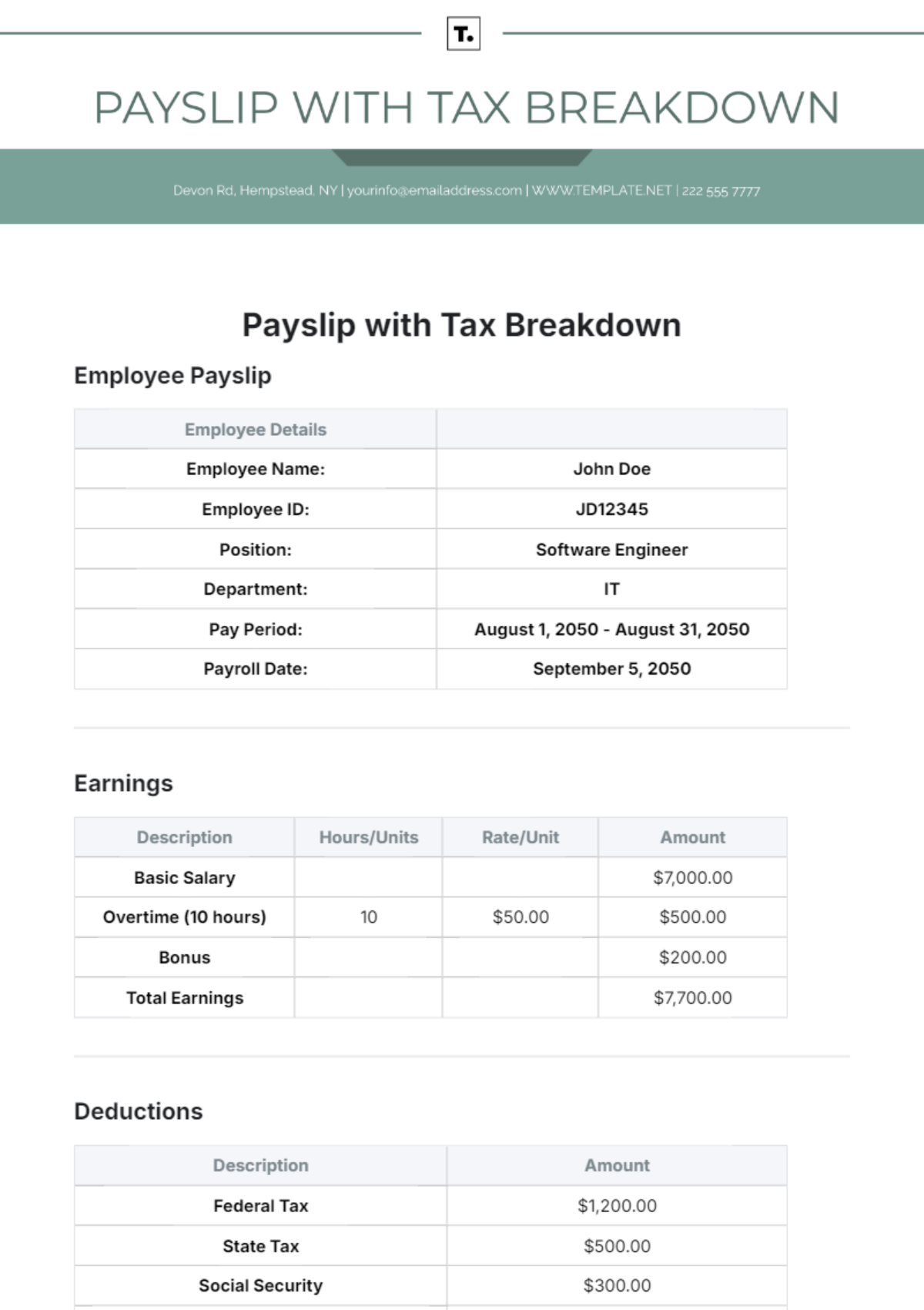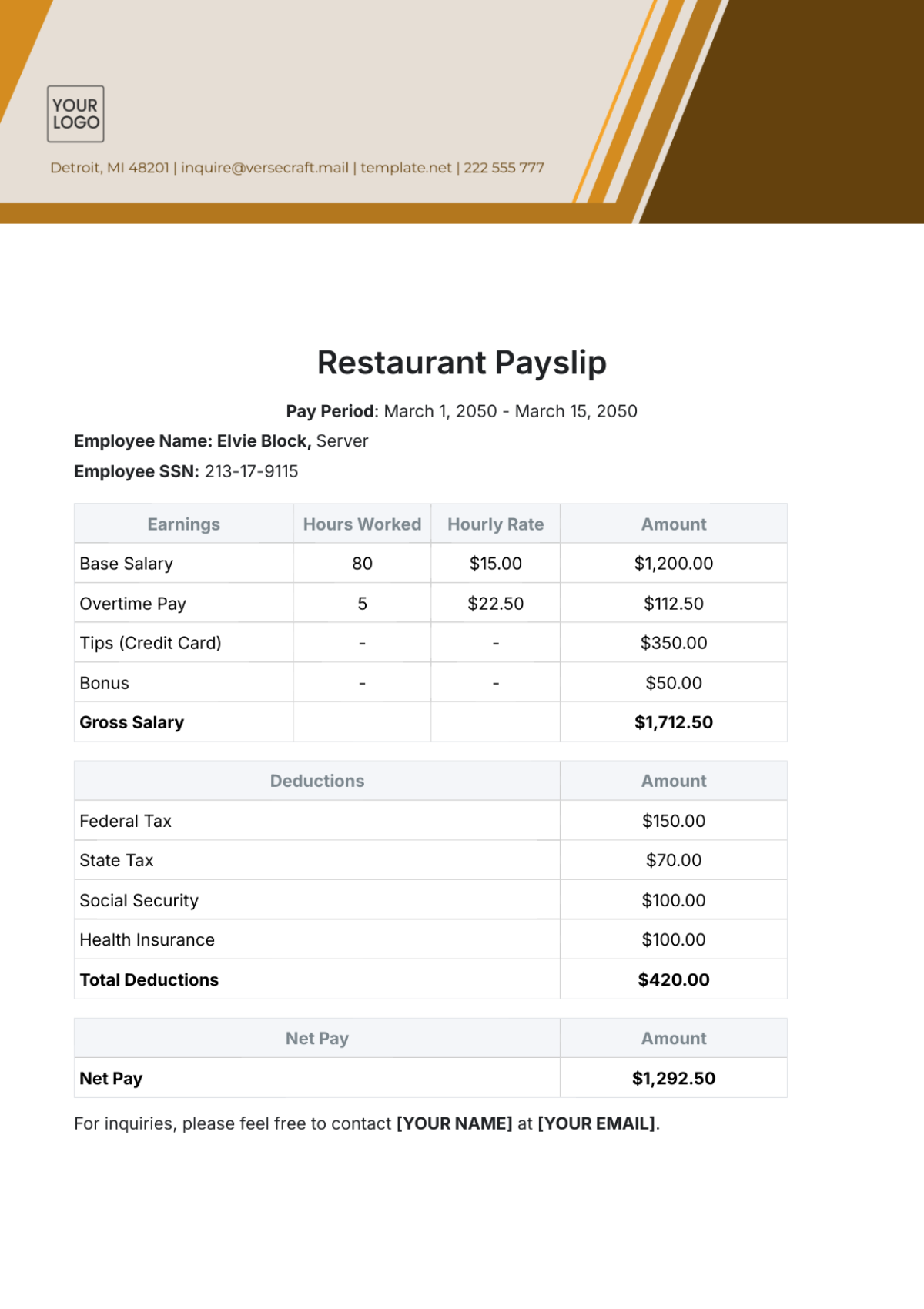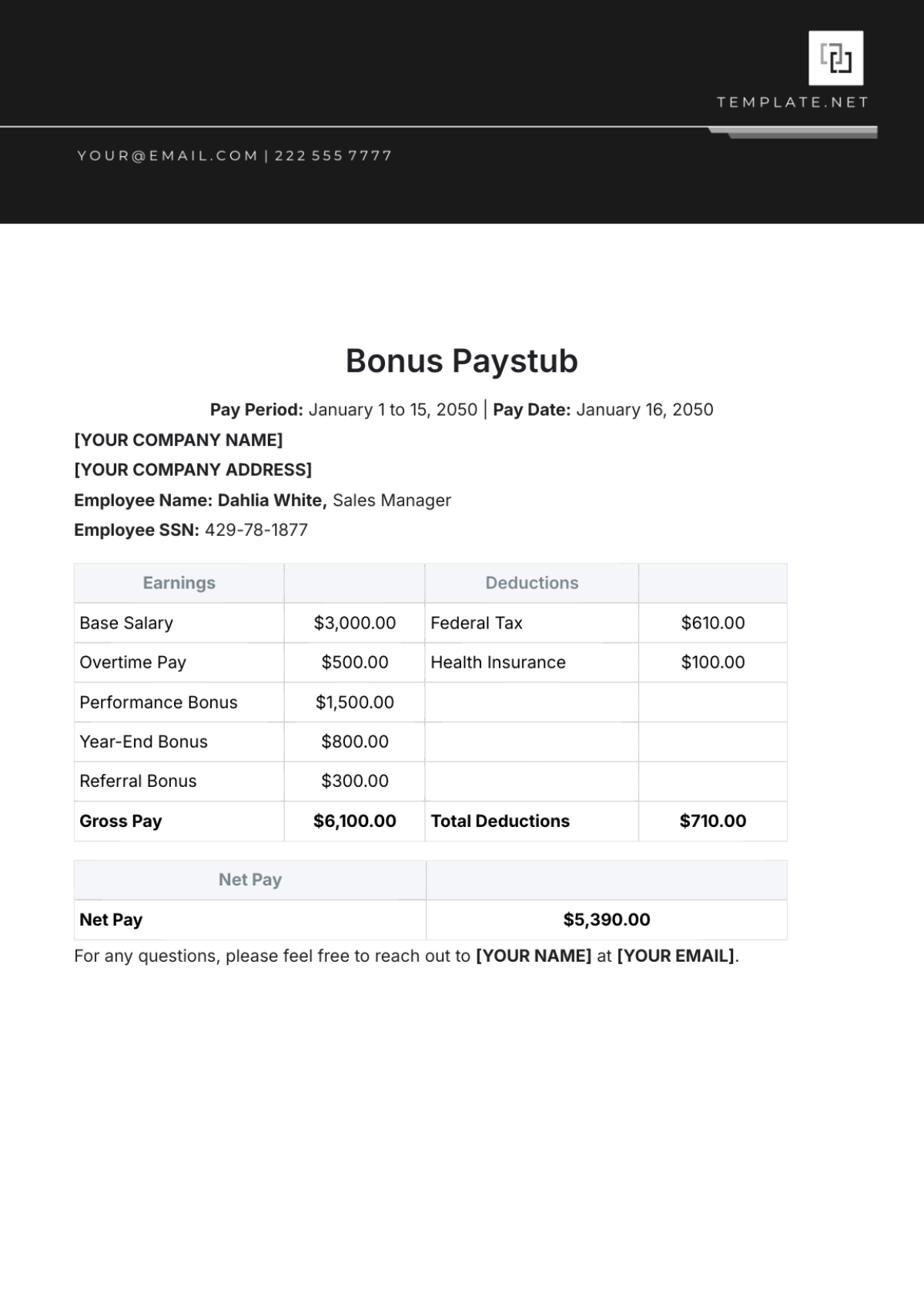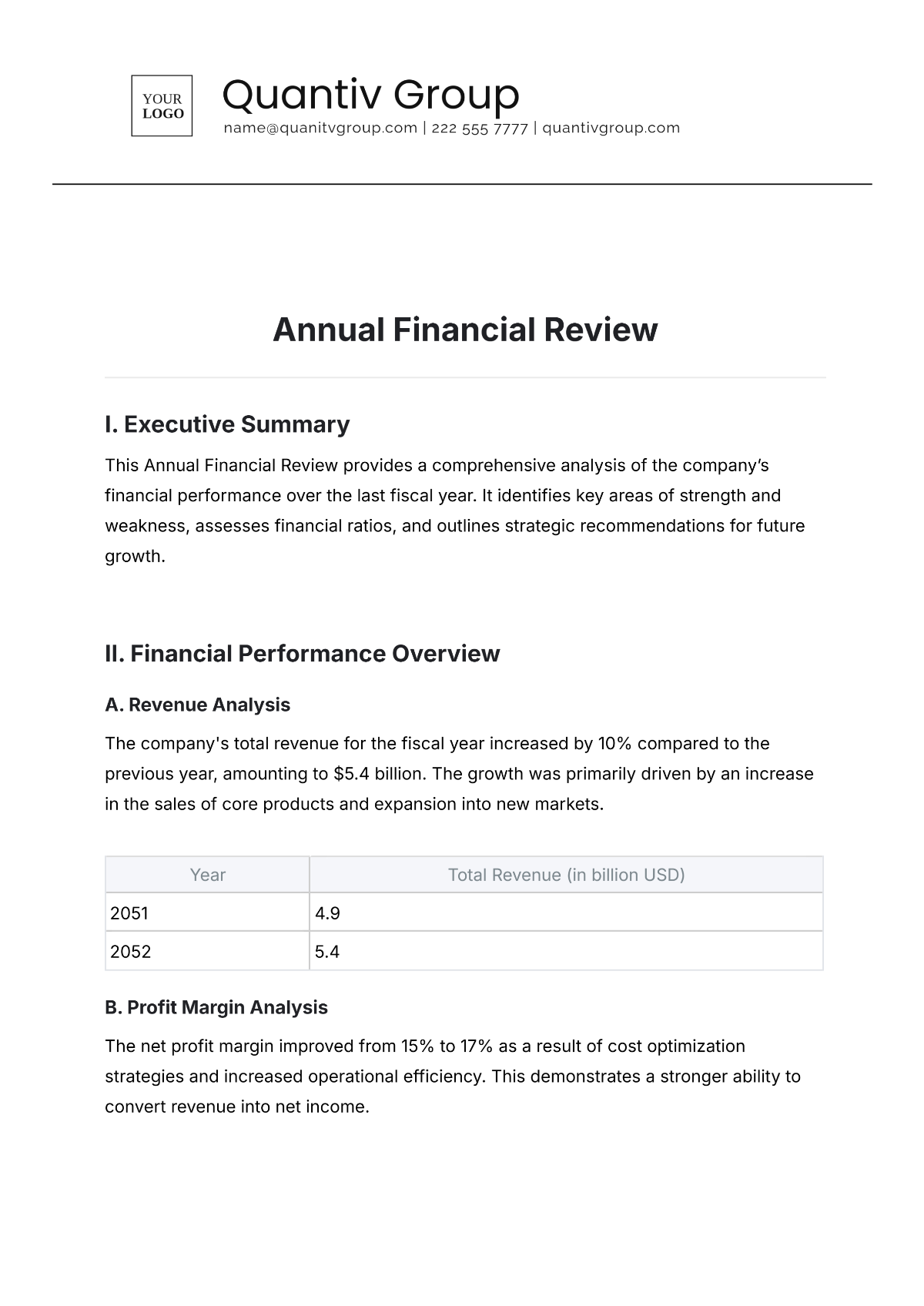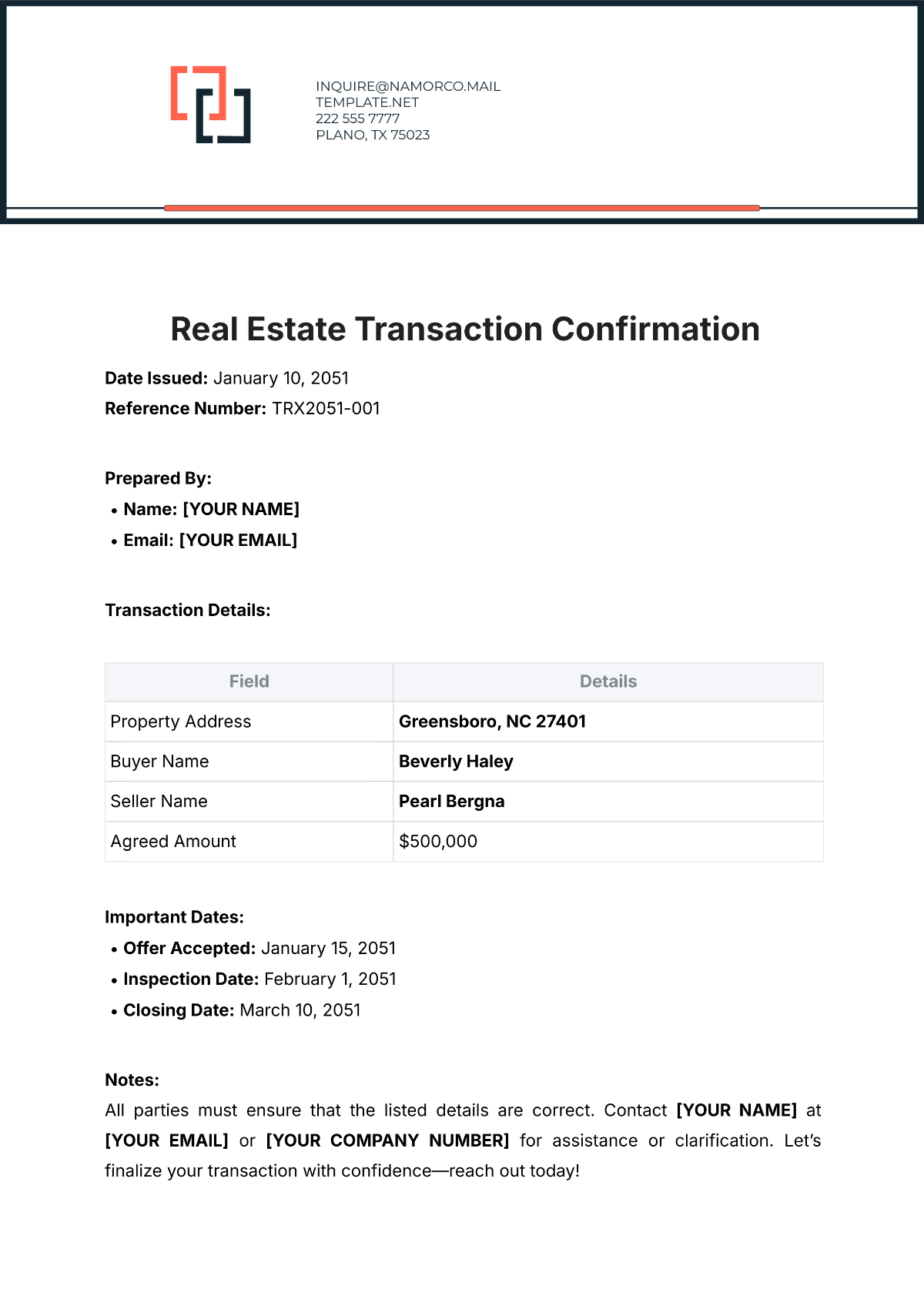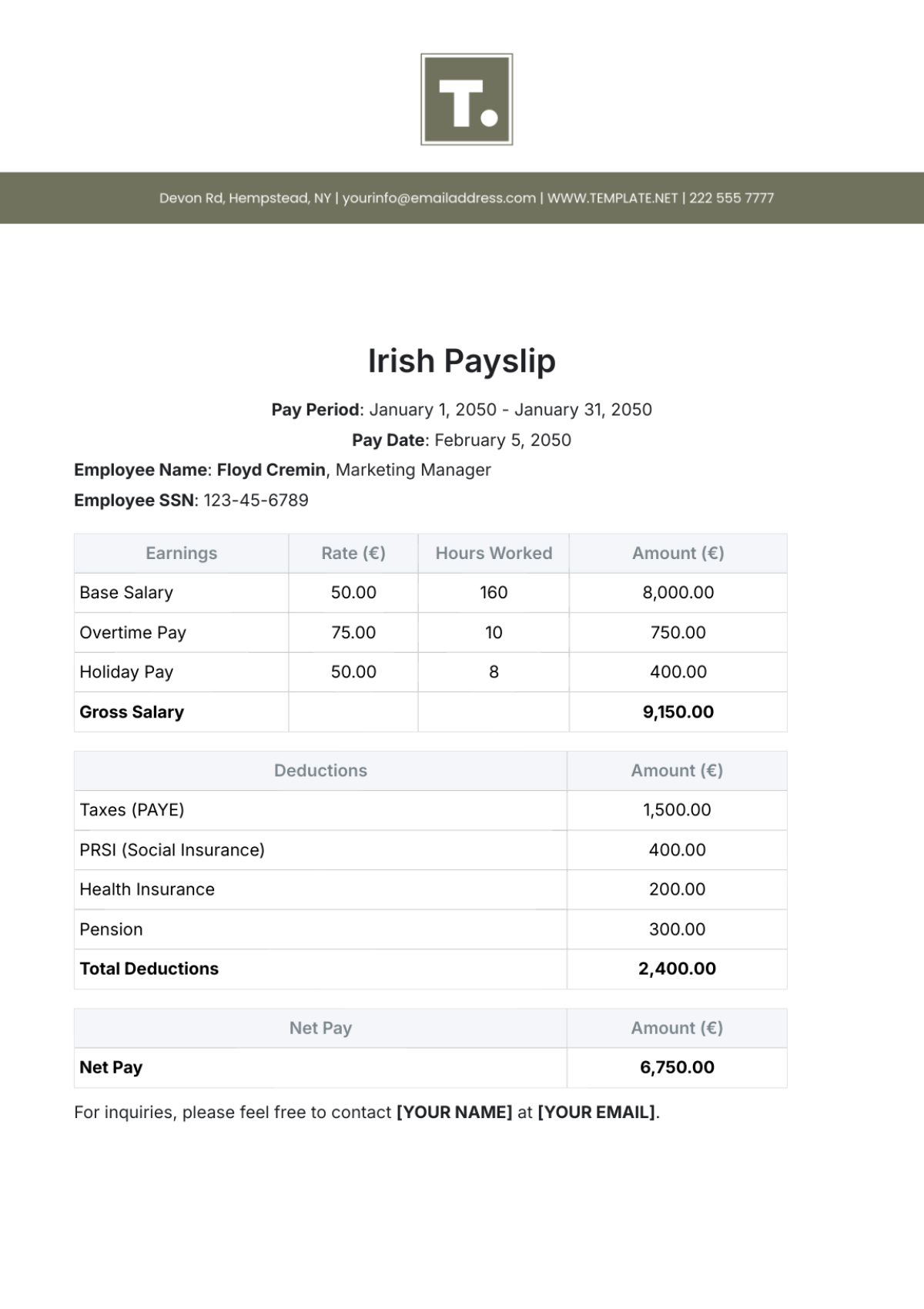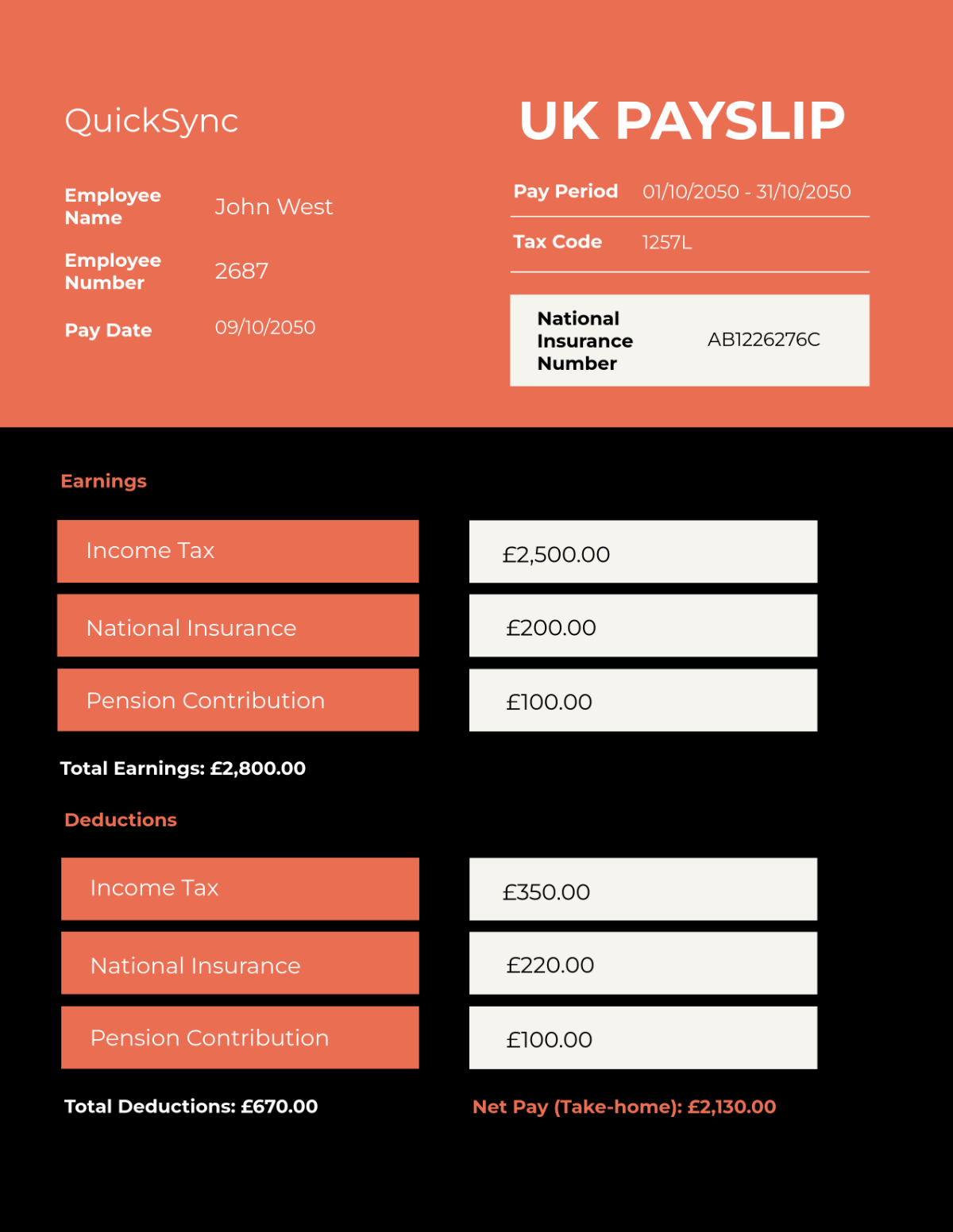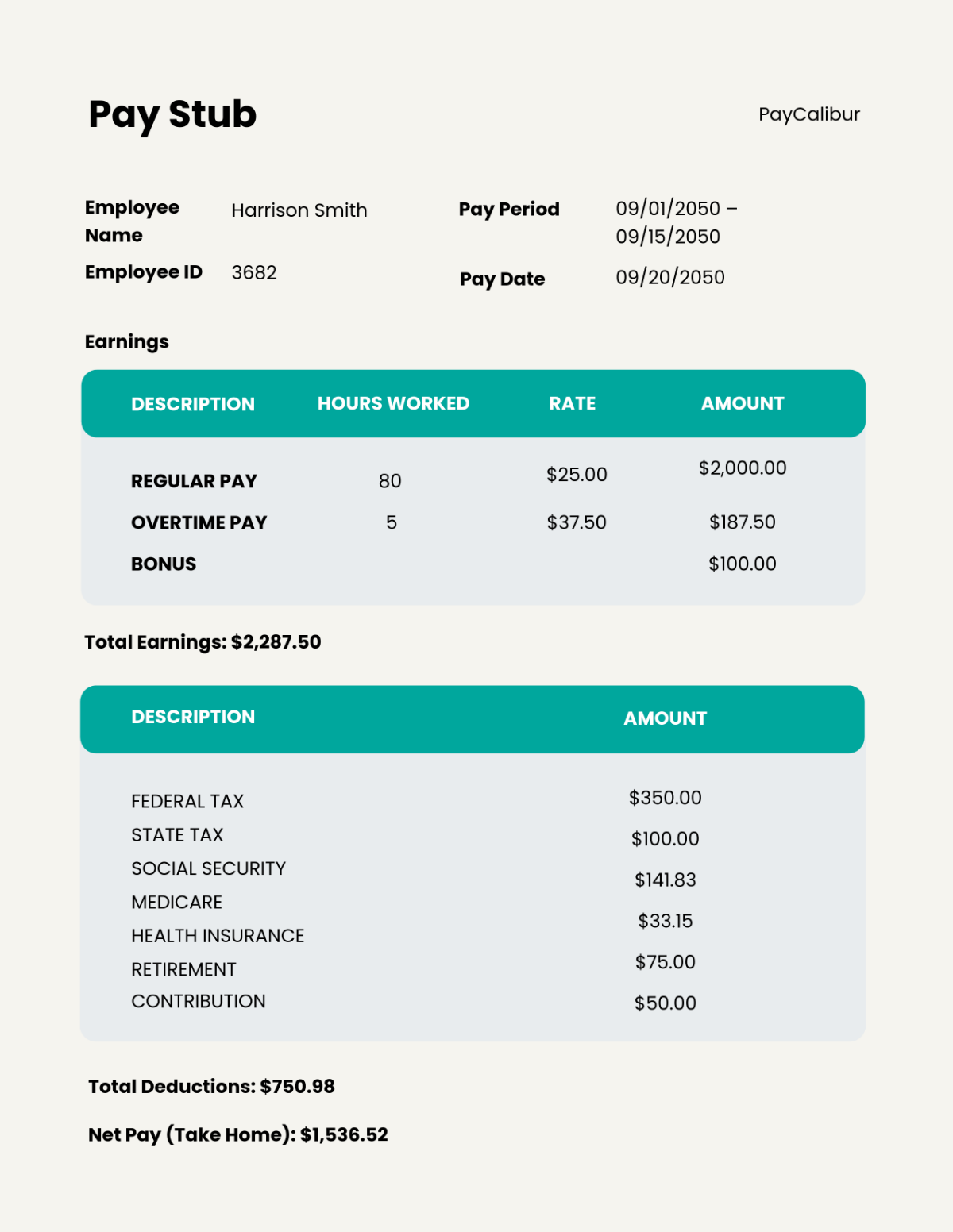Accounts Management Journal
A. Introduction
Welcome to the Accounts Management Journal of [Your Company Name]. This comprehensive document serves as a detailed record and analysis tool for our company's financial transactions and account management activities. It is meticulously designed to track, analyze, and report on various financial aspects critical to our business operations. The journal includes a series of entries, analyses, and summaries that provide an in-depth view of our company's financial health and transactional integrity. It's an essential tool for our accountants, financial analysts, and management team, offering valuable insights for strategic decision-making.
B. Journal Entries
The core of this journal is its detailed accounting entries. Each transaction is recorded with precision and clarity, ensuring that every financial movement within [Your Company Name] is accurately captured. The entries are categorized by date, account type, and nature of the transaction. This systematic approach allows for easy tracking and auditing of financial data.
Furthermore, these detailed journal entries enable us to perform granular analyses of our finances, such as cost analysis or revenue segmentation, which are crucial for identifying cost-saving opportunities and optimizing revenue streams. By maintaining detailed and accurate journal entries, we lay a strong foundation for financial integrity and transparency, which is essential for effective financial management and building trust with stakeholders.
Sample Journal Entry:
Date | Account Type | Description | Debit ($) | Credit ($) |
|---|---|---|---|---|
[Date] | Cash | Invoice Payment Received from Client | 5,000 | |
[Date] | Accounts Receivable | Invoice | 5,000 |
C. Monthly Financial Summary
At the end of each month, the journal includes a financial summary that provides an overview of the company's financial activities. This summary captures key metrics such as total revenue, expenses, profit or loss, and cash flow. It also includes a month-on-month comparison to identify trends and patterns.
Sample Monthly Financial Summary for [Month, Year]:
Financial Metric | Amount ($) | Comparison to Previous Month (%) |
|---|---|---|
Total Revenue | [Amount] | [Percentage] |
Total Expenses | [Amount] | [Percentage] |
Net Profit | [Amount] | [Percentage] |
Cash Flow | [Amount] | [Percentage] |
D. Accounts Receivable and Payable Analysis
This provides a detailed analysis of the company's accounts receivable and payable. It includes aging reports that show the status of unpaid customer invoices and outstanding bills. This information is critical for managing cash flow and assessing the financial health of the company.
Accounts Receivable Aging Report:
Age Bracket | Total Amount ($) |
|---|---|
0-30 days | [Amount] |
31-60 days | [Amount] |
61-90 days | [Amount] |
Over 90 days | [Amount] |
Accounts Payable Aging Report:
Age Bracket | Total Amount ($) |
|---|---|
0-30 days | [Amount] |
31-60 days | [Amount] |
61-90 days | [Amount] |
Over 90 days | [Amount] |
E. Budget vs. Actual Analysis
This compares the planned budget against the actual financial performance. It helps in identifying variances and understanding the reasons behind them, enabling more accurate forecasting and budgeting for future periods.
Budget vs. Actual for [Month, Year]:
Category | Budgeted Amount ($) | Actual Amount ($) | Variance ($) |
|---|---|---|---|
Revenue | [Amount] | [Amount] | [Amount] |
Operating Expenses | [Amount] | [Amount] | [Amount] |
Net Income | [Amount] | [Amount] | [Amount] |
F. Cash Flow Analysis
This analysis provides a nuanced view of the liquidity and financial flexibility of [Your Company Name]. We dissect our cash flow into operational, investing, and financing activities to understand the sources and uses of cash in detail. For instance, a positive cash flow from operating activities indicates healthy business operations, whereas significant cash outflows in investing activities might reflect our investment in long-term growth.
We also use this analysis to forecast future cash flows, which is crucial for planning and ensuring that we have sufficient liquidity to meet our obligations and invest in growth opportunities. This forward-looking approach helps us anticipate potential cash shortages or surpluses, enabling us to make informed decisions about financing, investment, and dividend distribution, thereby ensuring the financial stability and sustainability of our business.
Cash Flow Analysis for [Month, Year]:
Cash Flow Category | Amount ($) |
|---|---|
Operating Activities | [Amount] |
Investing Activities | [Amount] |
Financing Activities | [Amount] |
Net Increase in Cash | [Amount] |
G. General Ledger Reconciliation
This plays a critical role in ensuring the accuracy and integrity of our financial records. This process involves a thorough comparison and verification of the general ledger accounts against other independent sources, such as bank statements, invoice records, and other financial documents. By conducting these reconciliations, we confirm that the ledger balances are accurate and that all transactions are properly accounted for, thereby safeguarding against discrepancies and financial misstatements.
Each reconciliation process starts with the collection of relevant financial documents and reports. For example, when reconciling the cash account, we gather bank statements and compare them against the ledger entries to identify any discrepancies like unrecorded transactions or timing differences. Similarly, for accounts receivable and payable, we match the ledger balances with the corresponding invoices and payment records. Any variances identified are thoroughly investigated, and necessary adjustments are made to correct the ledger. This might include recording omitted transactions, rectifying misposted entries, or adjusting for timing differences.
General Ledger Reconciliation for Cash Account:
Ledger Balance ($) | Reconciled Balance ($) | Variance ($) |
|---|---|---|
[Amount] | [Amount] | [Amount] |
H. Performance Metrics and KPIs
Our journal also tracks various financial performance metrics and key performance indicators (KPIs) to gauge the company's financial health and operational efficiency. These metrics include profitability ratios, liquidity ratios, and other financial indicators.
In addition to the basic financial KPIs listed in the Accounts Management Journal of [Your Company Name], we also delve deeper into more nuanced indicators that provide a comprehensive view of our business health and operational efficiency. These KPIs are carefully selected to align with our strategic goals and to provide actionable insights. For instance, we might track the 'Days Sales Outstanding' (DSO) to assess the efficiency of our accounts receivable process, or 'Inventory Turnover' to evaluate how effectively we are managing our inventory. Such KPIs help us identify areas where we are excelling and those requiring improvement.
By regularly reviewing these indicators and comparing them against industry benchmarks or historical performance, we gain a deeper understanding of our business dynamics. This analysis aids in strategic planning, helping us to set realistic targets, allocate resources more effectively, and implement necessary changes to drive business growth and enhance shareholder value.
Sample Performance Metrics for [Month, Year]:
KPI | Value |
|---|---|
Return on Equity | [Percentage] |
Current Ratio | [Ratio] |
Debt-to-Equity Ratio | [Ratio] |
Gross Profit Margin | [Percentage] |
I. Conclusion
The Accounts Management Journal for [Your Company Name] is a meticulously prepared document, crucial for tracking our financial transactions, analyzing our financial performance, and making informed strategic decisions. It provides a comprehensive view of our financial operations, offering insights into areas such as revenue generation, expense management, cash flow, and financial health. By regularly reviewing and analyzing the contents of this journal, we ensure that [Your Company Name] maintains financial discipline, optimizes resource allocation, and continues on a path of sustainable growth and profitability.
